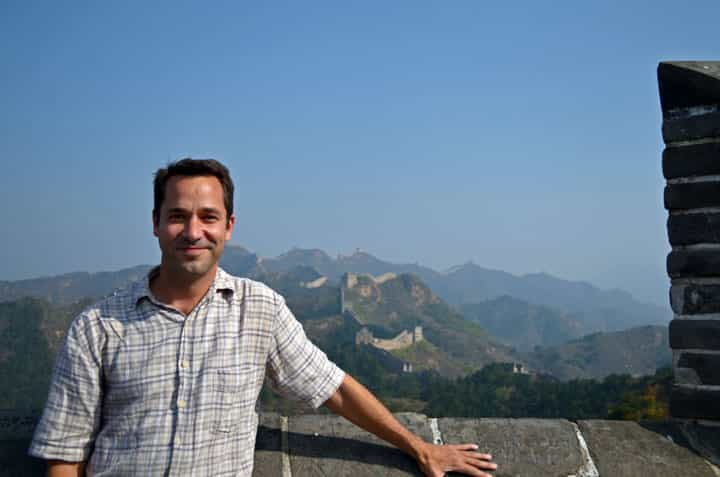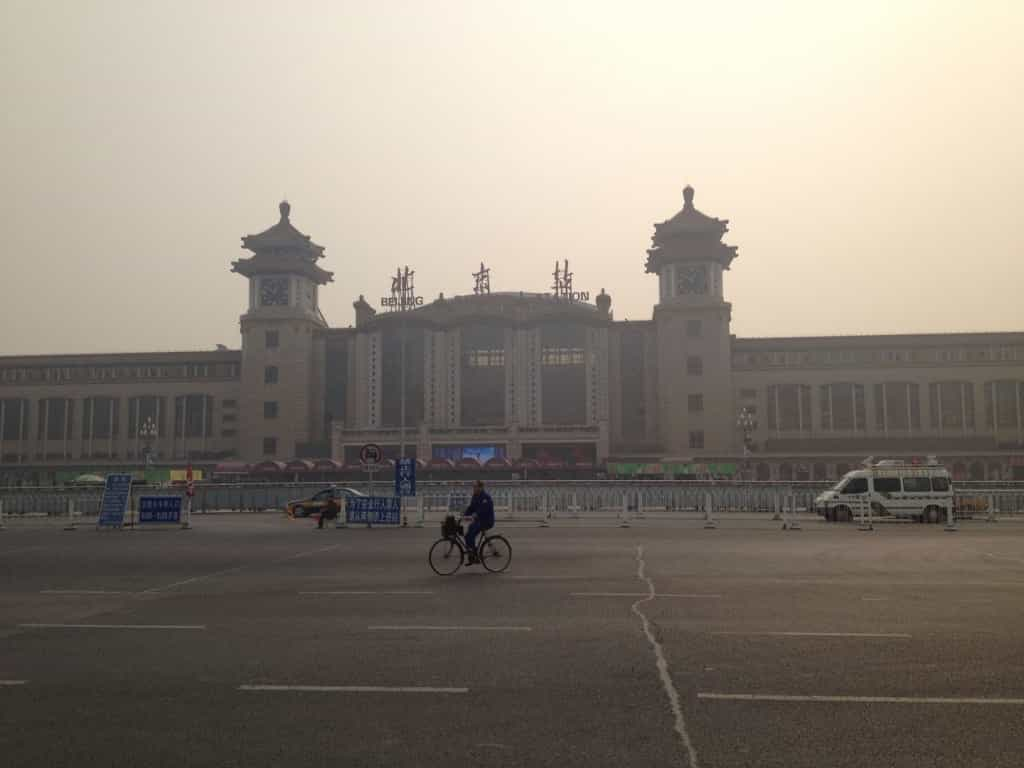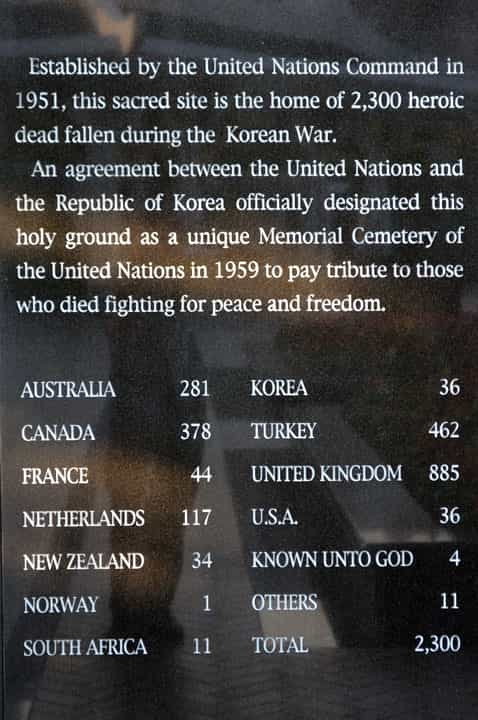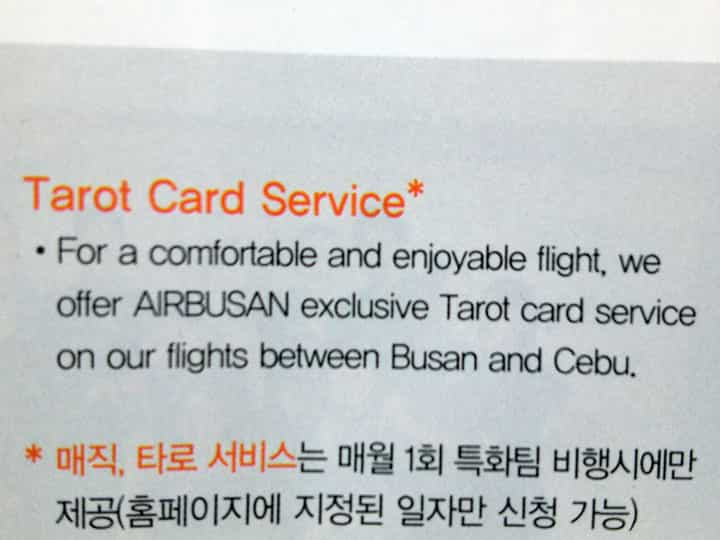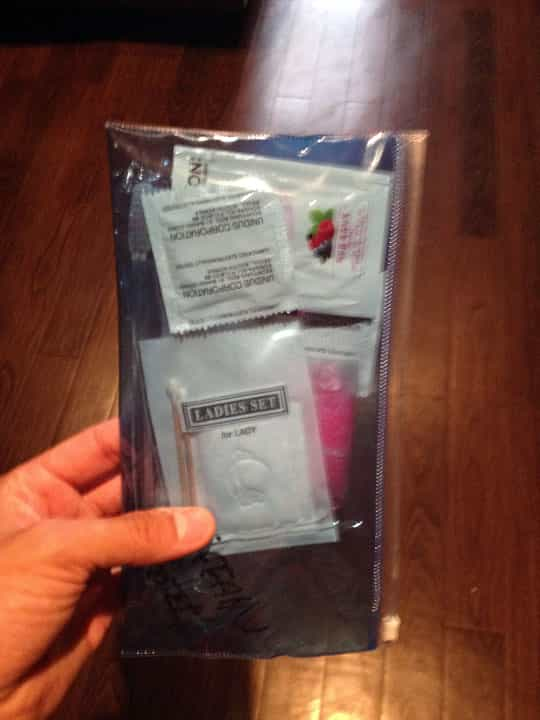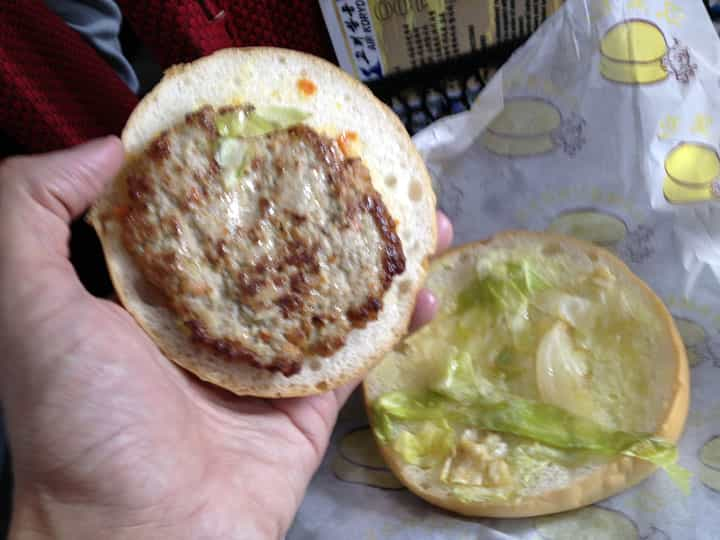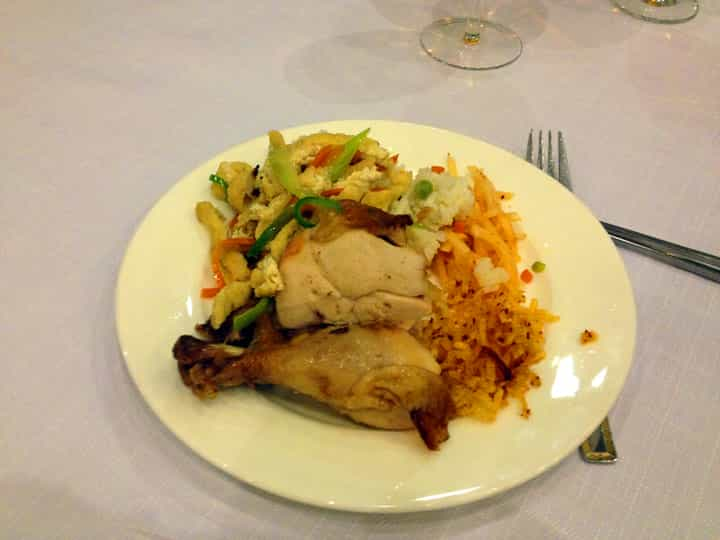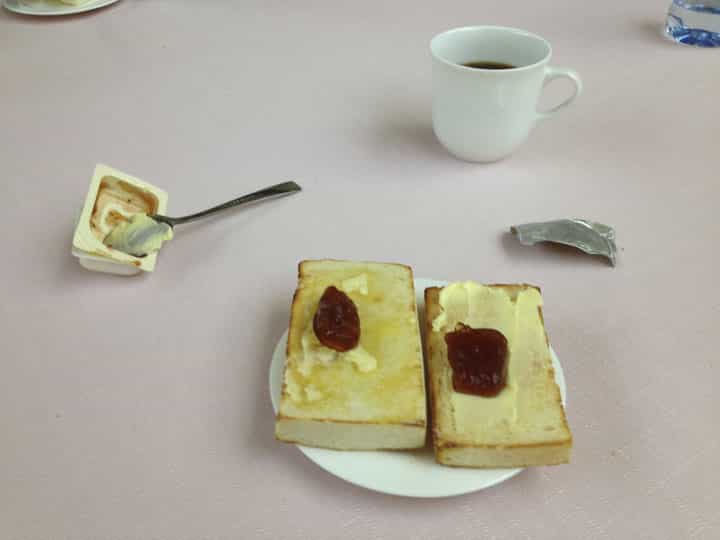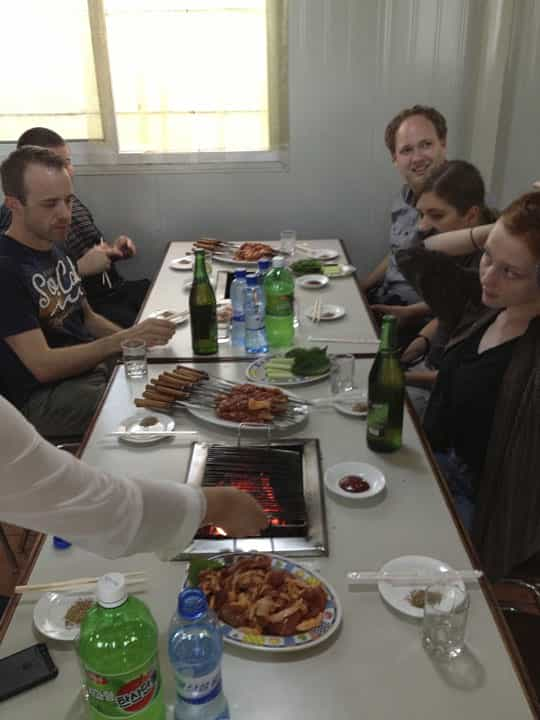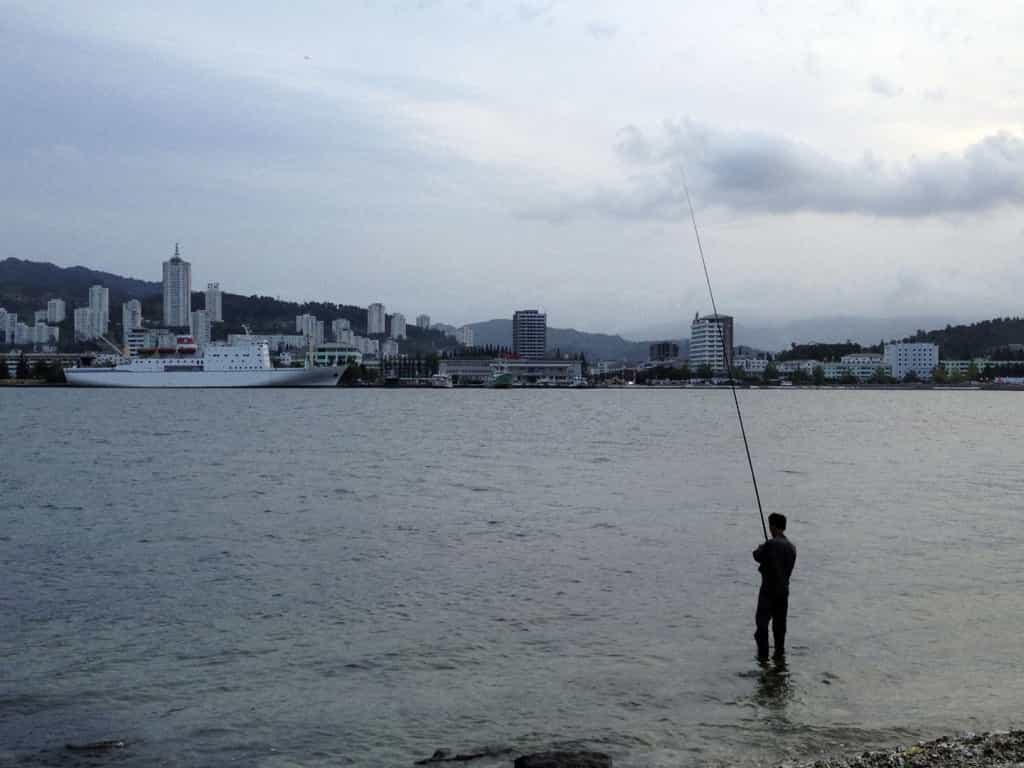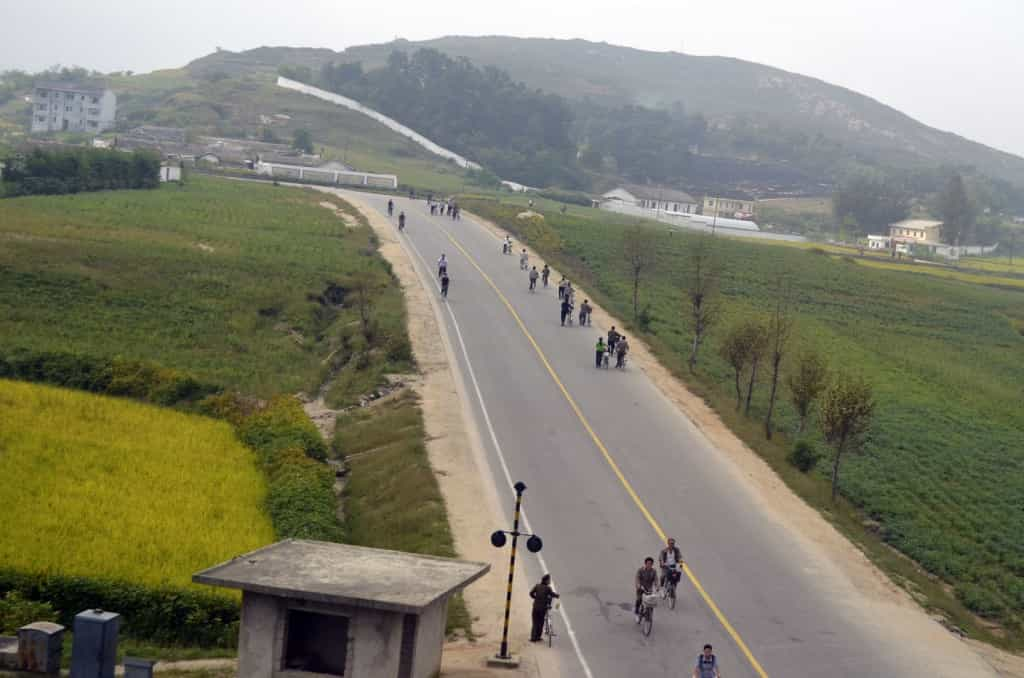Since they first started in 2002, Pyongyang’s Mass Games are performed 4 times a week, during the Summer and early Fall.
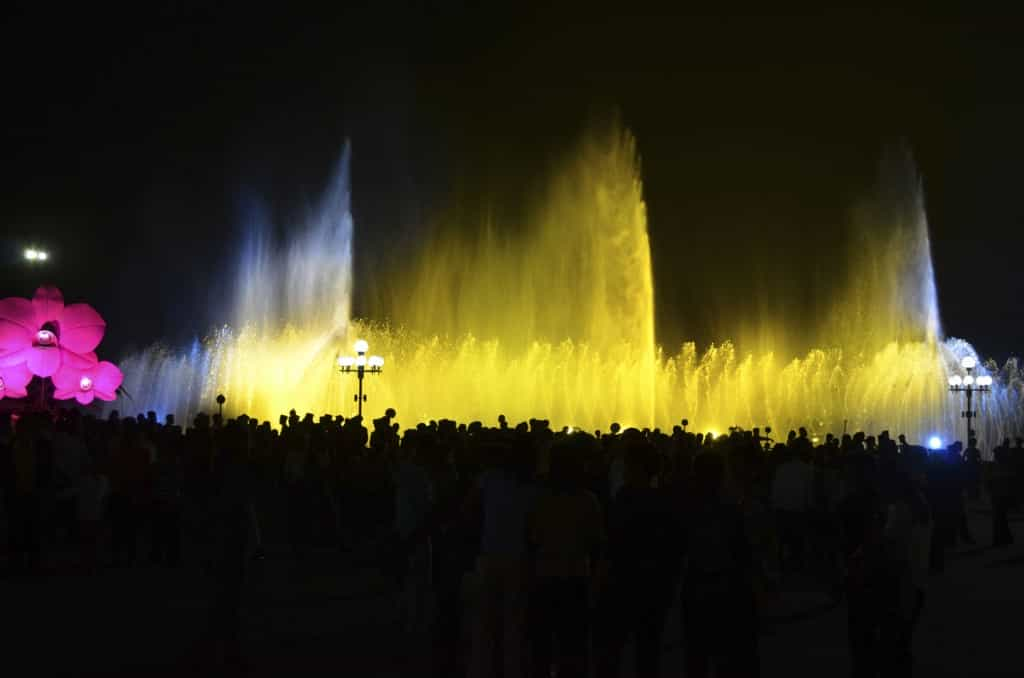
Even before entering the stadium, you can tell there will be a lot of people involved.

The Rungrado May Day Stadium is allegedly the largest in the world, with a seating capacity of 150,000. The guide alluded that the Guinness Book of Records did not acknowledge that, so either the figure is slightly inflated, or Guinness has some sort of problem verifying things in the DPRK, I don’t know. What I do know is that it is enormous. The building is a hexadecagon, meaning this gigantic facade is one of 16 identical ones!
And that was the first time in my life (and probably the last) I have ever written, or used, the word hexadecagon.

It looks a little empty on the picture, but it actually gets quite full. However, like an opera, the Mass Games cannot really be watched from the sides, and certainly not from behind, so only a small portion of the available seating is used. The soldiers in the far seats are sitting in third class seats, which would cost a tourist 80 Euros. Nobody buys these tickets, because the next section closer is much better and costs only 20 Euros more. First class seats, where I am seated, come with a table, direct frontal view and will set you back 150 Euros. The row of empty seats right in front of me is the “VIP” seats, which are exactly the same as first class but 2 meters closer. They cost 300 Euros, so nobody buys them either. A few well do to Koreans sat there, the men in dark suits and the women in traditional dresses. Finally, the red tiled area is where the day’s ruling Kim would sit (no, not on the floor).

At the back of the stadium, schoolchildren with big colourful books sit, ready to open them at a particular page on command to make a gigantic mosaic of sorts. They are really good at it.

And there are 20,000 of them! Want a random fact? Here’s a list of 12 UN member countries:
1 – Seychelles
2 – Antigua and Barbuda
3 – Andorra
4 – Dominica
5 – Marshall Islands
6 – St-Kitts and Nevis
7 – Liechtenstein
8 – Monaco
9 – San Marino
10 – Palau
11 – Tuvalu
12 – Nauru
What these 12 sovereign countries have in common is that the number of performers at Pyongyang’s Mass Games exceeds their total population. It takes 100,000 performers to put the show together! Continue reading →

